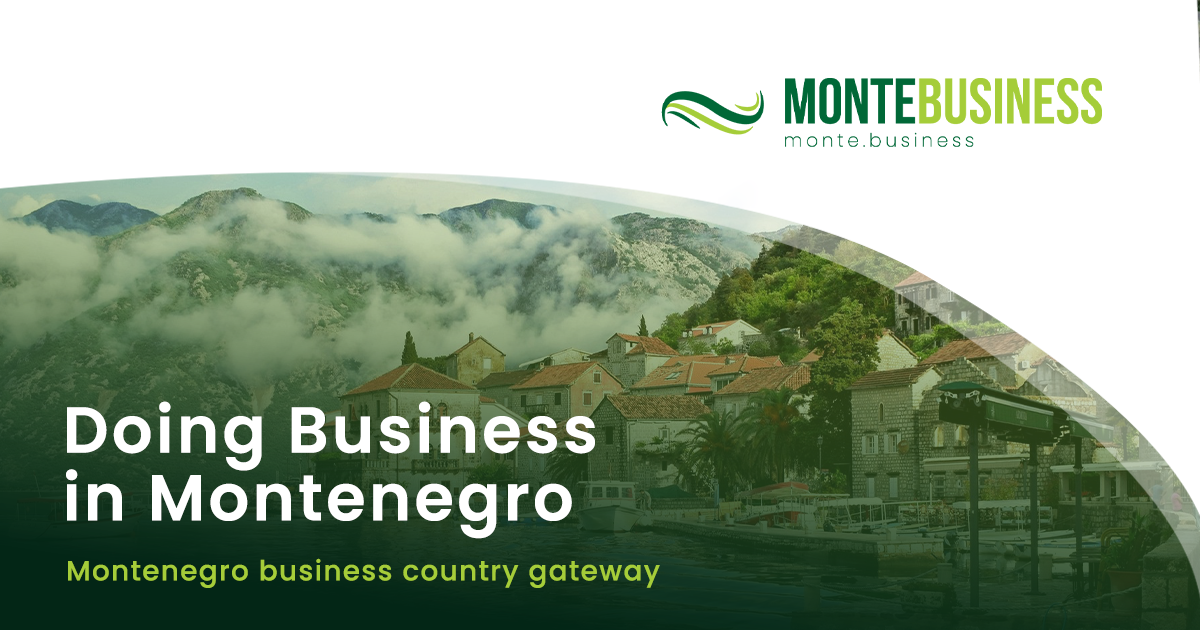A group of small shareholders of the “Simo Milošević” Institute in Igalo, organized through the Montenegrin Association of Small Shareholders (CAMA), will begin selling shares of the company on the stock market at a price of 100 EUR per share, Vijesti reports.
The state holds 56.4% of the Institute’s shares, Vile Oliva, owned by businessman Žarko Rakčević, holds 27.4%, and other small shareholders, now gathering around CAMA, hold 16%. To achieve two-thirds ownership and independently make decisions on crucial matters, such as the Restructuring Plan, recapitalization, or asset sales, the state needs an additional 10.2% of shares.
At the shareholders’ meeting that began on January 9, a two-thirds majority was not reached for the existing Restructuring Plan, so the government accepted the changes requested by Vile Oliva, which will be included in the revised plan for the continuation of the meeting on January 21.
Rakčević has called for the first phase of the Institute not to be sold and for the land around Tito’s villa not to be converted into construction land for building apartments and commercial spaces, which the government has agreed to.
The dispute arose over a decision on a 23.5 million EUR capital increase, as the government changed its stance before the meeting to secure a two-thirds majority, effectively sidelining all small shareholders from deciding the company’s fate.
Rakčević argued that the state has proven to be a poor owner and opposed its gaining two-thirds of the shares. He proposed that he personally cover the Institute’s 23 million EUR debt.
CAMA stated that the state, by purchasing shares offered on the stock exchange by its members, could achieve two-thirds ownership.
“With adequate response, the state could significantly increase its shareholding through this purchase and potentially acquire the necessary 10%. Afterward, the state, along with another major shareholder, could maintain their ownership percentages through recapitalization. The price at which the state will acquire shares through the planned recapitalization is more than 50% higher than our offered price, which values the Institute at just 38 million EUR—far below its fair value,” CAMA representatives told Vijesti.
They reminded that, over the past 20 years, minority shareholders acquired shares mostly in the range of 150 to 300 EUR, equivalent to today’s 500 EUR.
“Of course, on the stock market, each investor bears individual responsibility for losses, but it is also important to say that shareholders made investment decisions based on inaccurate and misleading statements from previous state representatives, as well as regulatory authorities. We hope the Institute will not go bankrupt, which would be the responsibility of the state and large shareholders. In such a scenario, the expected value per share from the liquidation mass would be around 250 EUR,” said CAMA.
The nominal value of the Institute’s shares, which would also be used for the capital increase, is 154.93 EUR, while the current market price is 35.5 EUR and continues to rise daily. The share price is in a segment where it can rise by a maximum of 10% daily, unless the stock exchange changes its decision.
The existing Restructuring Plan foresees an investment of 106 million EUR in the Institute over four years, with 64 million from recapitalization, 28.2 million from the sale of some Institute buildings, and 14.5 million from loans the company would take out.
The goal of the plan is to allow the government to legally support the state-owned company in accordance with strict EU state aid standards, which is a prerequisite for the start of recapitalization.
The authors of the plan believe that without its adoption, the Institute will go bankrupt, as it has accumulated losses of 30 million EUR, and will cease its operations, which are of public importance.
After the completion of the restructuring in 2029, according to the plan’s projections, the Institute’s profit would reach 4.9 million EUR and continue to grow, reaching 6.6 million EUR by 2034.








